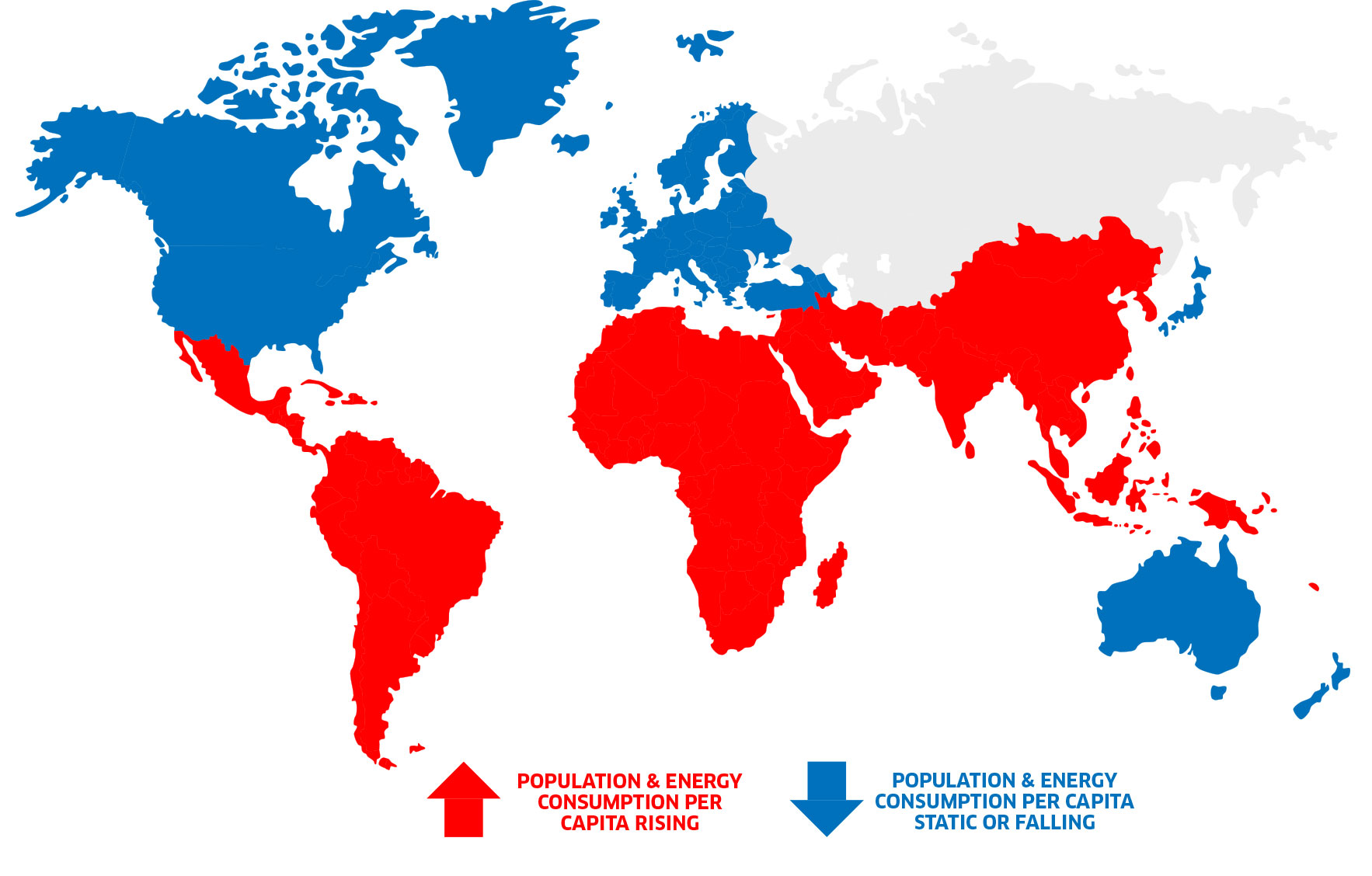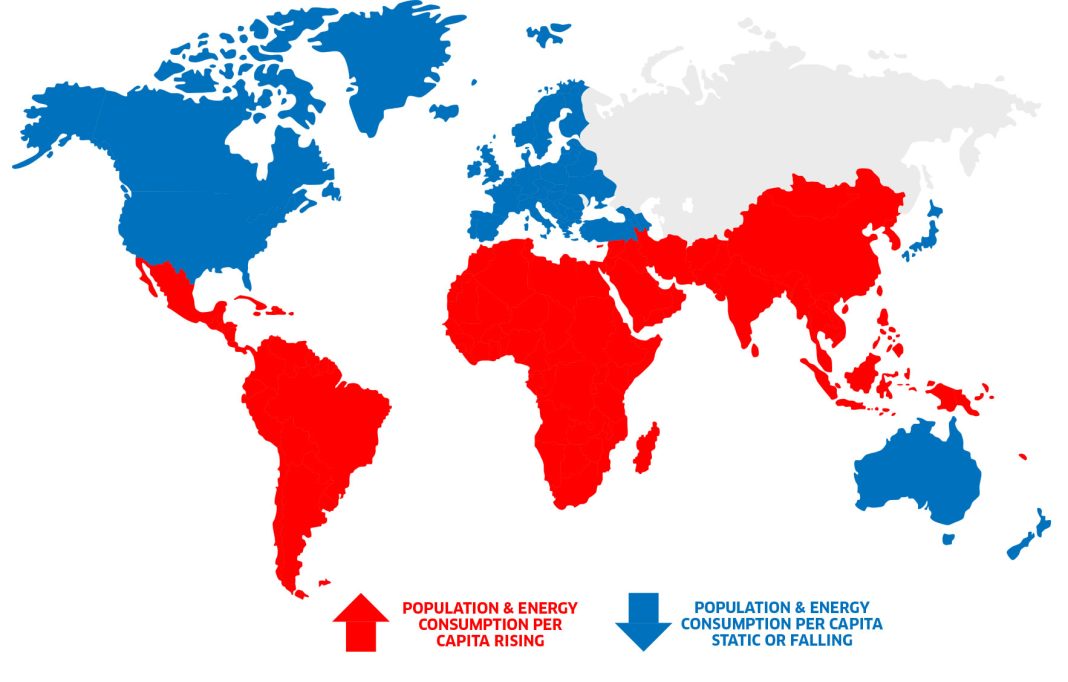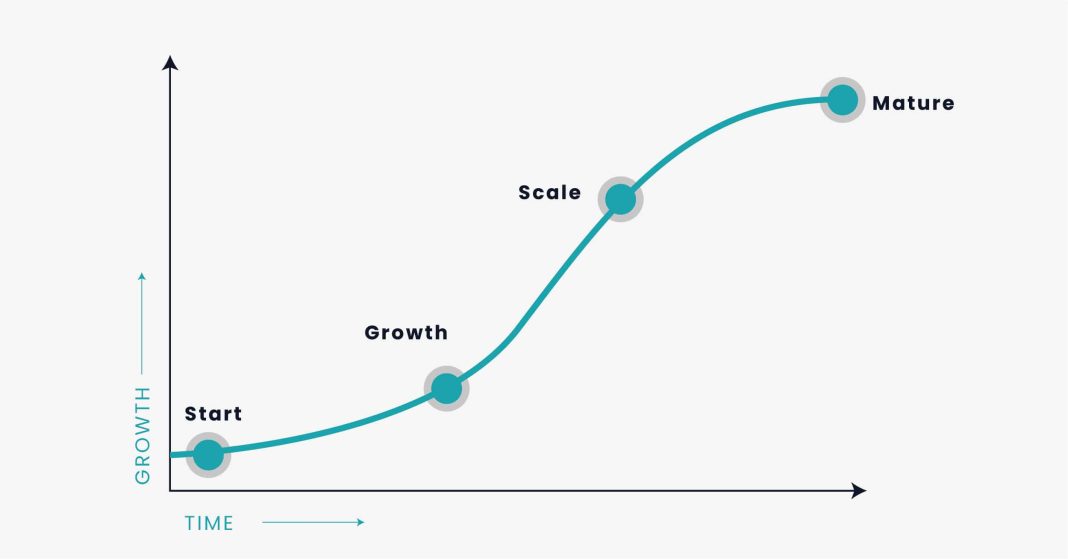 Risks to Power Grid Reliability Highlight the Need for Increased Renewable Investment
Risks to Power Grid Reliability Highlight the Need for Increased Renewable Investment
Introduction:
The Australia Energy Market Operator (AMEO) has identified reliability risks in the power grids of New South Wales, Victoria, and South Australia due to increased demand, delays in battery projects, mothballed generators, and transmission limitations. To address these risks, AMEO has called for tenders for Interim Reliability Reserves (IRR) to support NSW and Victoria. However, concerns have been raised about the willingness of consumers to pay for these measures.
Thematic H2: The Importance of Renewable Infrastructure Investment
According to the AEMO’s National Electricity Market report, both federal and state governments should increase their investment in renewable infrastructure to mitigate potential reliability risks. Johanna Bowyer, Lead Australian Electricity Financial Analyst of the Institute for Energy Economics and Financial Analysis (IEEFA), emphasizes that new energy projects need to be installed quickly and consumer energy resources need to be widely adopted to maintain reliability.
Thematic H2: Projected Increase in Electricity Consumption
A separate annual consumption report by AEMO predicts a growth in electricity consumption across different states in Australia. Queensland is expected to experience the highest growth with a 9 percent increase over a 20-year forecast period, while other states are projected to have a flat growth of over 4 percent.
Thematic H2: Eraring Closure and Reliability Risks
The possible retirement of the Eraring Power Station in New South Wales could increase reliability risks in the state. The station has been the primary power supplier for over 35 years, and its closure has been extended by two years at a cost of $150 million per year. To maintain reliability standards, new energy projects need to be built on schedule and additional energy supply, storage, or demand-side projects must be implemented.
Thematic H2: The Need for an Accelerated Transition to Renewables
The Institute for Energy Economics and Financial Analysis (IEEFA) argues that the Albanese government’s plan to achieve its 82 percent renewable energy target leaves no room for the continued operation of the Eraring Power Station. They suggest that an accelerated rollout of renewable energy, transmission, and grid connections is necessary to ensure cheap and reliable energy for consumers. Tim Buckley, director of Climate Energy Finance, emphasizes the urgency of transitioning to firmed renewables and a decarbonized grid to address the energy, cost of living, and climate crises.
Thematic H2: Criticisms and Alternative Perspectives
Aidan Morrison, the energy program director for the Centre for Independent Studies, questions the reliability of AEMO’s modeling and report. He suggests considering nuclear energy as an alternative solution. Morrison believes that relying solely on renewables may lead to an unrealistic assumption of “perfect foresight” and doubts that the transition will proceed smoothly.
Conclusion:
To ensure the reliability of power grids in New South Wales, Victoria, and South Australia, it is crucial for the government and energy industry to invest in renewable infrastructure. This will involve building new energy projects at an accelerated pace and encouraging widespread adoption of consumer energy resources. While concerns about the feasibility of relying solely on renewables have been raised, there is a consensus that urgent action is needed to address the energy challenges facing Australia.


